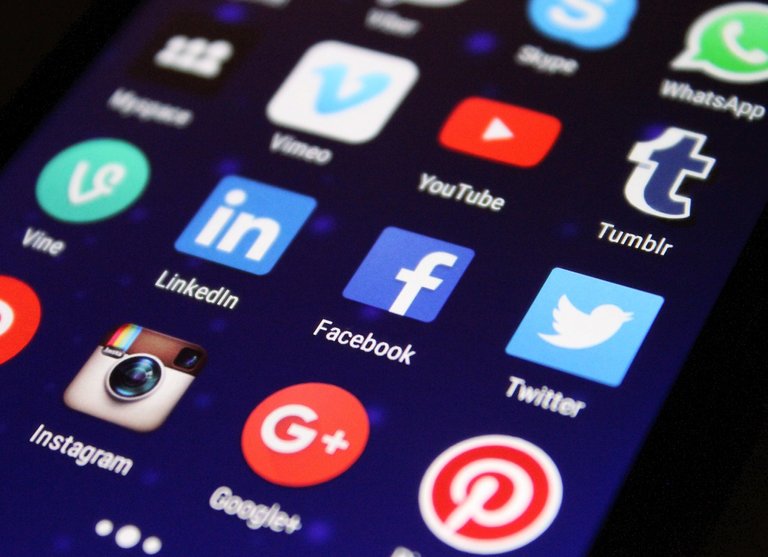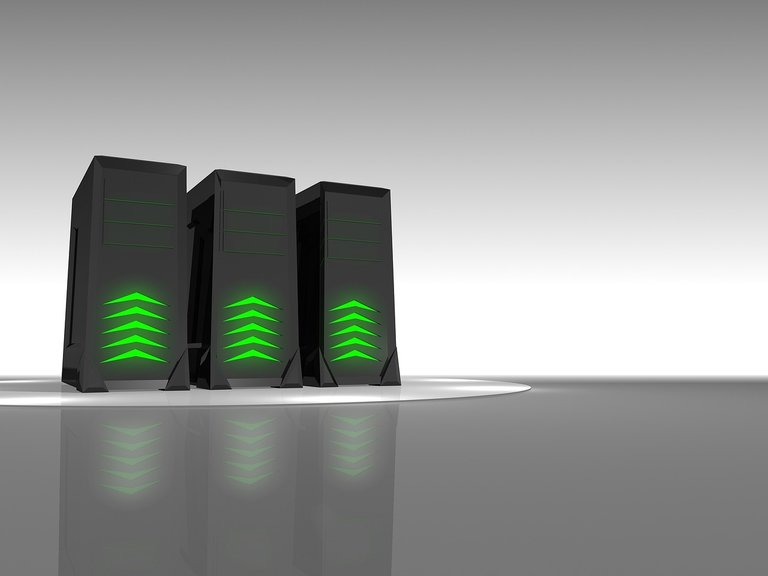Web 2.0 refers to the second generation of the World Wide Web, characterized by the development of social media, user-generated content, and the rise of Web-based applications. It is also known as the "participatory web" because it allows users to interact and collaborate with each other in a variety of ways. Examples of Web 2.0 sites include social networking sites like Facebook and Twitter, wikis like Wikipedia, and video sharing sites like YouTube. Source
Source
Web 3.0, on the other hand, is the next generation of the web, also known as the "Semantic Web" or "Intelligent Web". It is an evolution of the current Web, where data is more interconnected and can be understood by machines. It is being developed to provide a more intelligent and personalized experience for users.
One of the key differences between Web 2.0 and Web 3.0 is that Web 2.0 is mainly focused on human-human interactions, while Web 3.0 is focused on human-computer interactions. Web 3.0 is expected to be more intelligent and provide more personalized experiences for users. Source
Source
One of the most significant differences between Web 2.0 and Web 3.0 is that Web 2.0 is centralized while Web 3.0 is decentralized. Web 2.0 relies on a centralized server to store and process data, while Web 3.0 uses a decentralized network of computers, such as blockchain technology, to store and process data. This decentralized network is more secure and less vulnerable to attacks than a centralized network.
Another significant difference is that Web 2.0 is mainly based on HTML and JavaScript, while Web 3.0 is based on more advanced technologies such as blockchain, smart contracts, and semantic web.
In summary, Web 2.0 is primarily focused on human-human interactions, and Web 3.0 is focused on human-computer interactions and is expected to provide more intelligent and personalized experiences for users. Web 2.0 is centralized while Web 3.0 is decentralized and relies on more advanced technologies such as blockchain, smart contracts and semantic web.


